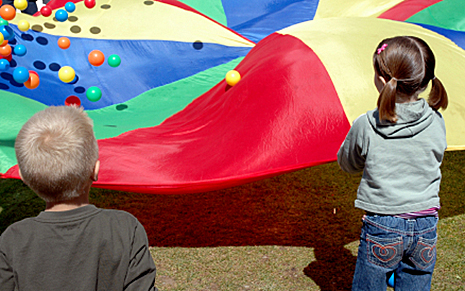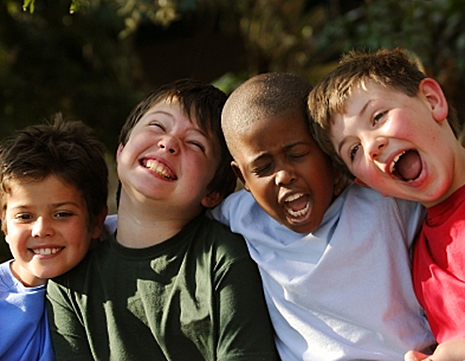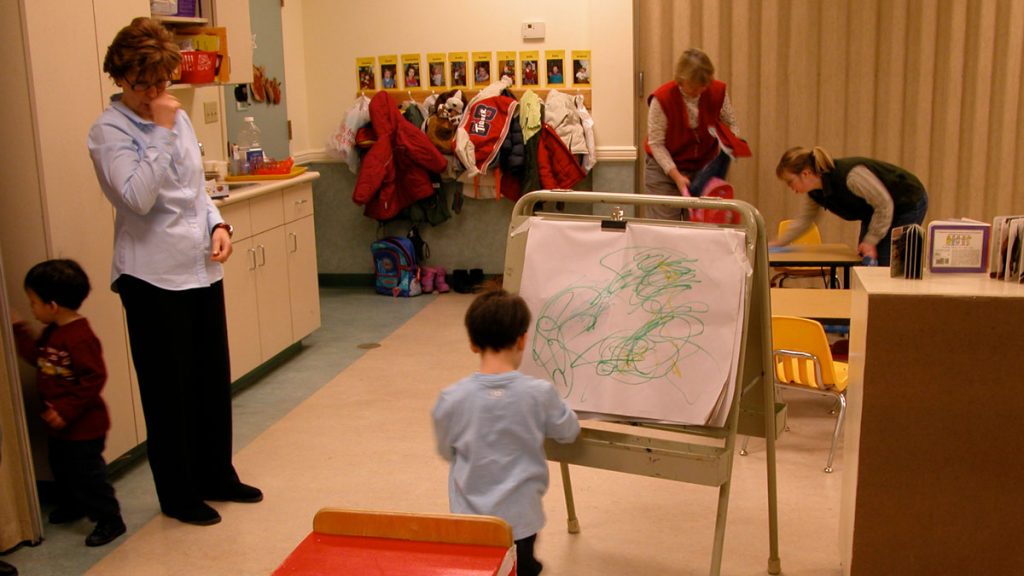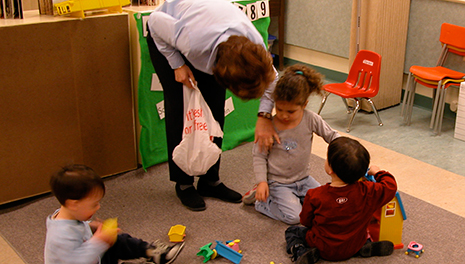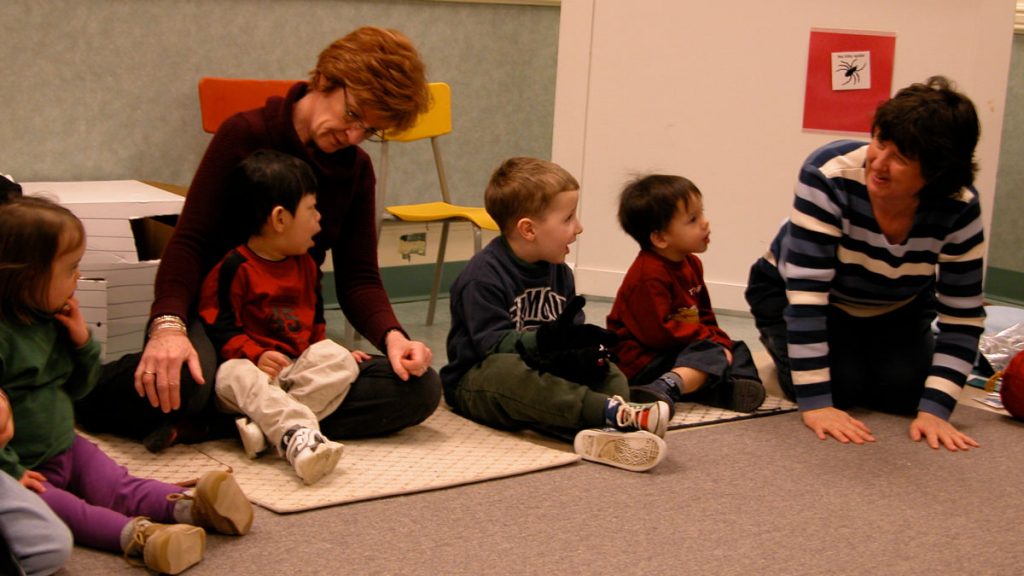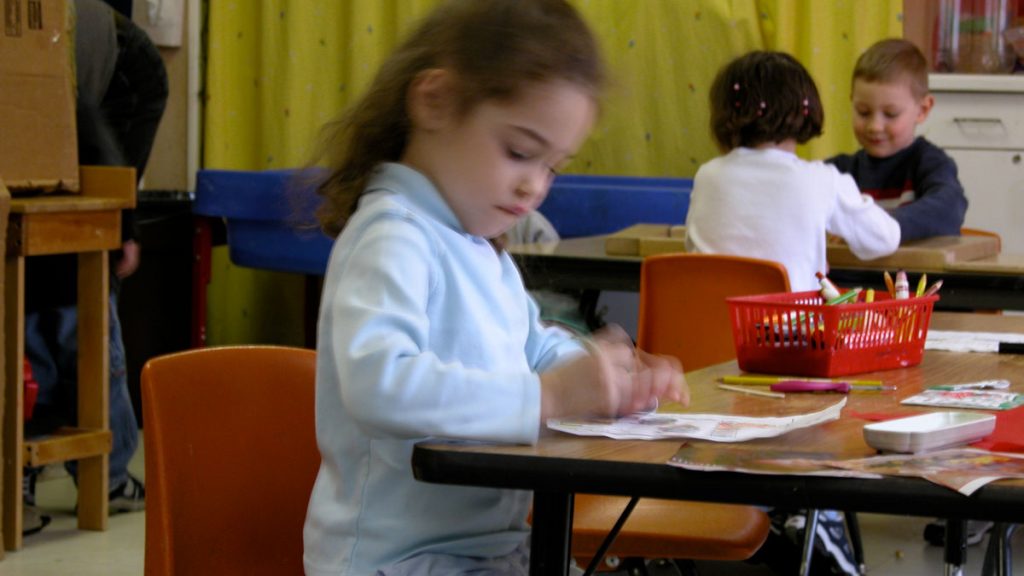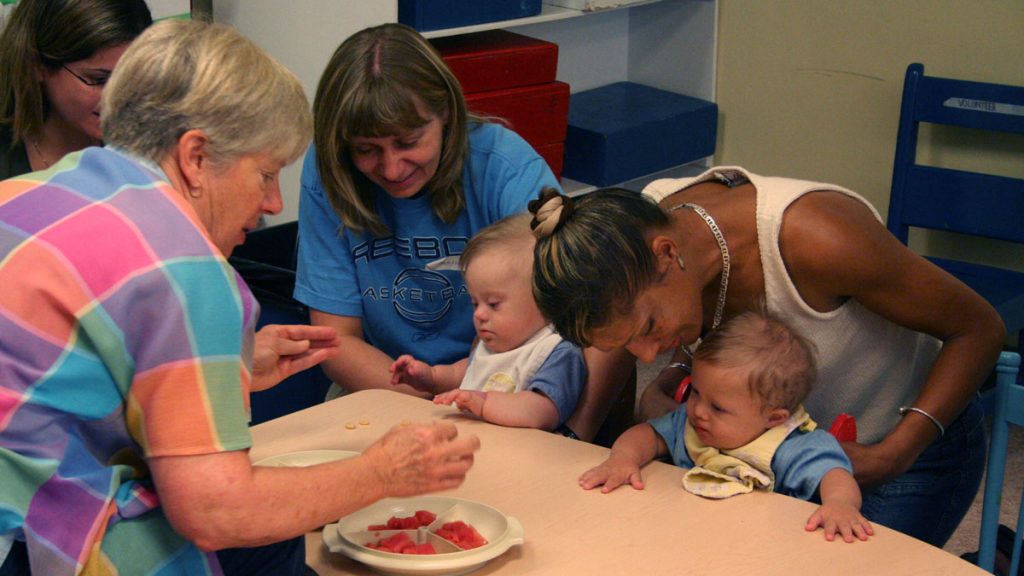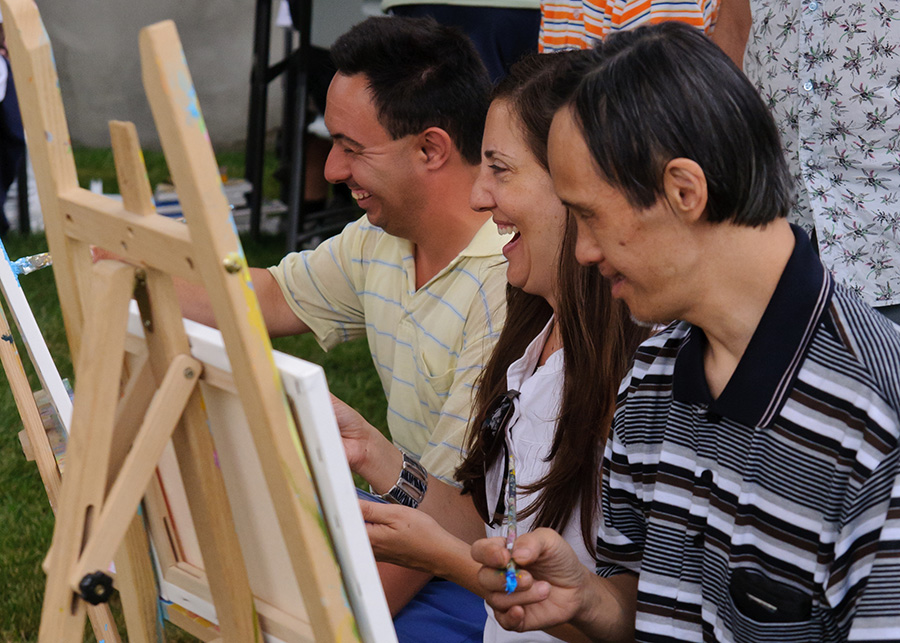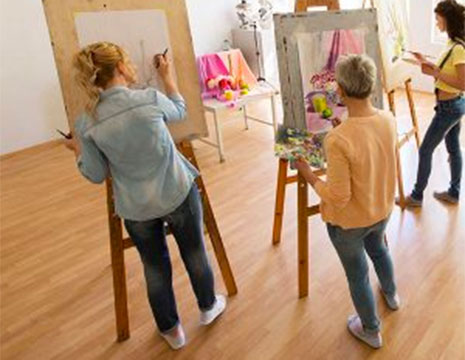Bank Access Card and Debit Card
When you open a bank account, you will be given a bank card that you can use to access your money. This is also called a “debit card”. When you receive the card, you will be asked to choose a four digit Personal Identification Number (PIN) that you will key in whenever you use your debit card. Protect your PIN number by not writing it down. Be sure to memorize the number and remember to never share it with anyone else.
Your debit card and PIN number is used to:
- Access your bank account when visiting the bank
- Access money through an Automated Teller Machine (ATM)
- Pay for goods and services from stores and service providers that accept Interac Direct Payment. Payment comes directly from your account.
Debit Card Safety Tips
- Sign the back of your cards as soon as you get them. This is a safety measure to help ensure that if your card is lost or stolen, it can be returned to you. Signing your card also confirms your signature.
- Keep your card number or a photocopy of your card and the contact number of your bank in a secure place in case your card is lost or stolen. It is important that this information is kept in a different place than where you normally keep cards, for example at home in a safe box or drawer where you won’t lose it.
- Set up a maximum daily withdrawal limit with your bank. This means you can only take out a certain amount of money from the bank machine at a time. You can choose the withdrawal limit. This will help you if your PIN is stolen, or if you are robbed while withdrawing money.
- Cut up any old debit cards that you are no longer using before throwing them away.
- Your debit card has a computer chip built into it. Insert your card into the debit card point-of-sale machine. If the point-of-sale device is not chip capable it will prompt you to swipe your card. It is important to avoid any unnecessary swipe of the card. This will reduce the possibility of your card information being taken by someone trying to steal your information.
- Use your hand or body to hide the key board when you are putting in your PIN during every transaction conducted at an Automated Teller Machine (ATM) or at the checkout.
- Keep an eye on your debit card when using it to buy something at the checkout to make sure someone is not trying to copy the information on your chip card.
- The bank will provide you with a monthly list of all the money that goes into and goes out of your bank account. This can be on a computer or a paper copy that is mailed to you. Check this banking statement regularly and contact your bank immediately if you detect any unusual activity, for example, purchases you did not make or missing charges.
- Let your bank know immediately, if your debit card is lost, stolen or stuck in an Automated Teller Machine (ATM).
- Memorize your PIN – only you should know it. If you suspect that someone knows your PIN, even a friend or family member, change it immediately.
- Choose a unique PIN. Never use obvious information, such as, your telephone number, date of birth, address or Social Insurance Number. These numbers are often stored in the same place as your debit card which can allow others to easily guess your PIN.
- Be aware of who is around you when you are taking out money. Try to only use well lit areas. Using the bank during the day when the bank is open and there are bank employees around is smart thinking.
- When using an Automated Teller Machine (ATM), if you suspect anything unusual do not use the machine and report it to your bank immediately.
- Remember to take back and put away your debit card after each use.
- Be alert. If someone is watching you or makes you feel uncomfortable, you can cancel the transaction and use a different machine.
Material sourced from https://www.interac.ca/
Tip: When using an Automated Teller Machine (ATM) try to use a machine from your own bank. If you use a machine from another bank, there will be a transaction fee of $1.50 or more charged each time you use the Automated Teller Machine (ATM).
What is an NSF (Non- Sufficient funds)?
If someone tries to cash a cheque that you have written and you do not have enough money in your account, banks do not have to pay it. The cheque is then returned to the person or company who tried to cash it through their bank letting them know that there is not enough money to cash the cheque.
In this situation, the fee that would be charged for an NSF cheque could be from $25.00 to $45.00 (labeled NSF Fee on your statement). The company that you wrote the cheque to may also charge you a fee for this.
Overdraft protection
At times you might accidently write a cheque for an amount that you do not have in your chequing account. Because this can happen from time to time, many banks have what is called overdraft protection. It is a good idea to get overdraft protection on your chequing account. Instead of getting charged from $25 to $42 for an NSF cheque, overdraft protection will allow you to avoid this charge. Overdraft will provide the account holder with an instant loan. A loan is a sum of money that banks will give to you to use for a certain period of time. A loan has to be paid back within an agreed to period of time and you will need to pay a fee for the use of this money, referred to as “interest”. The interest rate will be extremely high. However, if it is paid off quickly it is usually much less expensive than the NSF cheque fee. Some banks do charge a fee when an account balance falls below zero even if the account holder has overdraft protection. The good news is that it’s still significantly less than the NSF cheque fee.
5 day holding policy for cheque deposits
A bank may apply a 5 day “hold” on the funds you deposit by cheque. This means that you cannot take out or spend the money for 5 days after you deposit the cheque. This is done for several reasons, including the following:
- To make sure that the person or company who wrote the cheque has enough funds to cover the cheque
- To make sure that the person or company who wrote the cheque has not put a “stop payment order” on the cheque. A “stop payment order” means that, for some reason, the person or company does not want the cheque to be cashed.
- To check the cheque details with the person or company who wrote the cheque, to make sure that it has not been altered.
If the cheque has to be returned to your bank because it can’t be paid (because of non-sufficient funds; because the account is closed or because of a stop payment; etc.), your bank will take back the money that was put into your account when you cashed the cheque. This can happen even after the hold period has expired. You are financially responsible for any cheques deposited or cashed both before and after the hold period.
Tip: Instead of using cheques, you may want to have deposits made to your account electronically (direct deposit). This will mean that the funds deposited are not held and are immediately available.
Depending on your relationship with your bank, the bank may release the funds to you before the cheque clears. However, if it does this; it is actually extending a loan to you. If there is not enough money in the account of the person who wrote the cheque to cover it, the cheque will be returned to your bank because of non-sufficient funds (NSF). If the cheque writer’s bank is located in Canada, it takes about five to six business days for a cheque to clear and be returned because of non-sufficient funds.
Tip: When you open a bank account, you have the right to get a copy, in writing of the bank’s policy on holds on funds deposited by cheque and any other location specific banking policies.
Material sourced from Financial Consumer Agency of Canada http://www.fcac-acfc.gc.ca/eng/resources/faq/qaview-eng.asp?id=256
Online banking
Setting up online banking:
You should go to your bank’s website for information. Every bank has easy to follow instructions on how to set up online banking on their website.
There are many advantages to using online banking:
- It is fast, safe and convenient.
- There is no more need to travel to your nearest bank for basic services any longer.
- You can do your banking anytime – 24 hours per day, 7 days per week (24/7).
- No need to wait for a financial statement to come in the mail. All you have to do is login online and download a copy of your statement.
- With online banking there is no need to visit your bank to ask them to transfer funds from one account to another.
There are also some disadvantages of using online banking:
- Online banking has reduced personal interactions, since all the transactions are handled by the customer through the internet.
- When using online banking there is always a chance that the information may be stolen by someone who has been able to sign into your account. Banks have good security systems to guard such thefts but there still is a risk.
- When you are using online banking keeping your information safe and private is a big problem faced by many banks. So the customer must be aware of the security issues and protect their identity and other personal details from hackers. Hackers are people who steal personal information using computers or other electronic devices.
To make online banking a safe and secure banking experience you need to follow these steps:
- Avoid accessing your bank account from a public place with computers and internet access or a computer that is shared by a lot of people. If you happen to do so, then change your password as soon as you finish your banking transaction.
- Every time you finish using your online banking session, you need to sign out from the site rather then just closing the browser.
- Change your internet banking password after your first login and then do this regularly.
- Use a difficult password that makes it difficult for others to guess.
- Use a different I.D. and password for different internet accounts.
- Never share your passwords or login details with anybody.
- View your account often and check it with your receipts or records of what should have been deposited and taken out of your account. If there is anything which does not match with your records then inform your bank immediately.
Safety Tip
If a company or government organization requests a copy of your bank statements, it is best to ask a staff at the bank if this is a reasonable request. The bank staff will provide you with the safest way in which to provide the information being requested.
Choosing a secure password for online banking:
- Do not use words or phrases that have personal importance.
- Mix letters, numbers and symbols, and use case sensitivity (upper and lower case letters)… (i.e. instead of “password,” try “pAsS34%(6*2woRd,” etc.)
- Find a good way to remember your password. A good way to do this is to choose the first letters of a sentence that you will remember. e.g. “I have 2 dogs called Rover and Fido” gives: Ih2dcRaF. Use punctuation to your advantage. To incorporate a colon into the previous example, remember the sentence as “I have 2 dogs: Rover and Fido”, which would give: Ih2d:RaF 4
- Try to memorize the password, and avoid writing it down. Somebody could very easily find the slip of paper that the password is written on.
- The longer the better. Don’t make a password that’s less than 6 numbers /letters. Anything less than this can easily be found out by using computer programs.
- Take the street you grew up on, and your first pet/something hard to guess from your past, put a number sign in between, substitute some letters for numbers, and, voila! A great password. For example: Bill grew up on Ocean Avenue, and his first pet was Rocky. His password would be: 0c3an#r0cky. You can add random capitals to make it more secure.
- Do not use the same password for everything. If someone finds this password, they would have access to everything. At the very least, make at least one password for sensitive things (i.e. online banking, etc.) and one for everything else (i.e. email, etc.).
- One other way is to use a word, for example, wikihow, and move your fingers up one row on the keyboard. Wikihow becomes 28i8y92.
Material sourced from http://www.wikihow.com/Choose-a-Secure-Password

